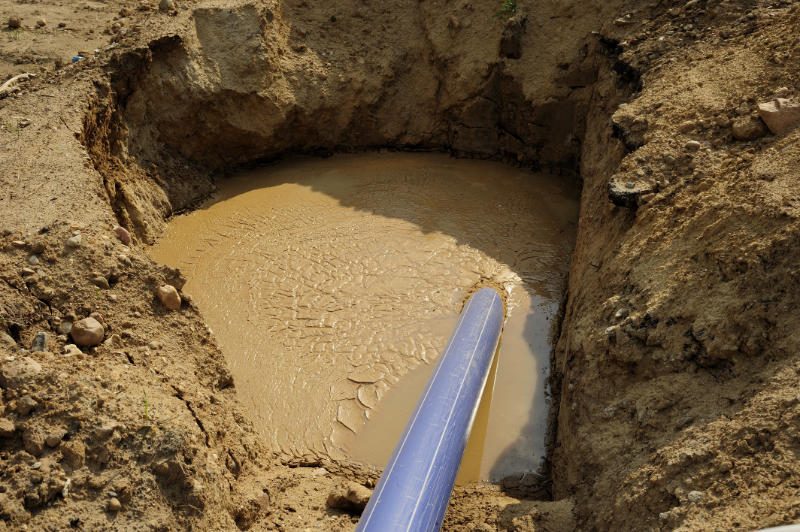 Hydro excavation is also called potholing, vacuum excavation, soft digging or hydro-trenching. The process involved in hydro excavation uses high pressured air or water and a vacuum supply to eliminate the objects or materials. It is the safest way to expose underground utilities or other buried structures.
Hydro excavation is also called potholing, vacuum excavation, soft digging or hydro-trenching. The process involved in hydro excavation uses high pressured air or water and a vacuum supply to eliminate the objects or materials. It is the safest way to expose underground utilities or other buried structures.
Hydro excavation is a non-injurious and controlled procedure of excavating and removing soil that does not use any mechanical mechanism or tool. The water and soil suspension are carried to a debris tank mounted on a truck by a tube 8 inches in diameter and is powered by high pressured air or water. This procedure is a rapid, accurate and clean process which produces a reduced amount of backfill, less labor, not as much restoration and fewer negative environmental effects over traditional digging techniques. It is the controlled stream of water that accounts for a very accurate process that will only remove the materials required for inspection and repair.
At SewerMan we have state of the art hydro-excavation equipment and highly trained technicians. Call us today for all your hydro excavation needs.
For Hydro Excavation Call 800-739-3762
-

The servicemen couldn’t have been more friendly, hard working and knowledgeable about the job. I just wanted you to know that we were very pleased with the service we got from your company.
 Sam Jacobsen
Sam Jacobsen

-

Billy was awesome! Would not hesitate to call Rooter-Man again if needed. Again, thanks for your help. -Joe Antonuccio, Billerica, MA
 Joe Antonuccio
Joe Antonuccio

The Hydro Excavator
A hydro excavator is a totally self-contained item which has several parts or units. The total package is necessary to be able to supply the most competent service.
- Vacuum excavator or suction excavator – This is a construction truck that takes out the soil from an opening in the earth. It eliminates heavy rubbish or trash from the land from several places by a strong suction via a large suction pipe which is around 1 foot in diameter. The speed of the air suction is around 100meters per second or 224 mph.
- Suction nozzle – A suction nozzle has two handles for the technician to hold. The handles could be placed on the collar that is swiveled or spun to expose a suction-discharge aperture. There are grilles covering the opening to let the suction nozzle release items it has hoisted that could be too large to enter the tube.
- The tip of the tube – The tip of the tube is usually equipped with teeth to incise the soil when it is used to dig.
- Compressed air and Water jets – Compressed air and water jets are used to loosen or move rocks and soil that are deposited into a rubble tank. The rubble will be disposed later or used to back-fill the hole made in the ground.
Other Uses of Hydro Excavators
- To expose on a large–scale buried utility systems rapidly and safely.
- To rapidly clean under and over utilities which would be scraped by hand if a hydro excavator is not used. With the hydro excavator, the resulting excavation is cleaner, safer and neater.
- Fast trenching work can be done with a hydro-excavator. The trenches created on landscaped fields and through underground utilities are neat and clean and will need very little restoration compared to other digging methods.
Hydro excavation is a highly efficient and safe method of digging around pipes and utility lines. Call SewerMan today for all of your hydro excavating needs.
Some services are only offered at participating locations.

